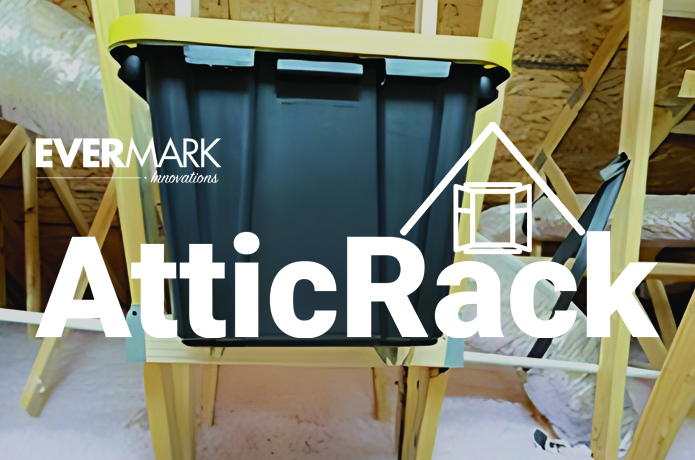Does choosing a good stair part manufacturer matter when it comes to quality stair construction? You bet!
Stair construction requires careful attention to detail and precision. Each individual part plays a crucial role in the overall stability, safety, and aesthetic appeal of the staircase. To ensure a safe and long-lasting staircase, you must carefully select and install every component, from the treads and risers to the handrails and balusters.
What are some common stair parts that are crucial to the overall stability and safety of the staircase?
Several stair parts are essential to the stability and safety of the staircase, including treads, risers, stringers, handrails, and balusters. The experience of your stair part manufacturer matters in each of these.
Treads and risers form the steps of the staircase. Therefore, they must be sturdy enough to support weight without warping or cracking over time.
Stringers are the structural supports that hold the treads and risers in place. Thus, stringers must be designed to withstand the load of foot traffic and meet building code requirements. You must securely fasten and design handrails and balusters to withstand lateral and vertical loads, as they provide support and prevent falls.
How can choosing quality stair components from a reliable stair part manufacturer impact the overall durability and lifespan of the staircase?
Choosing high-quality stair parts can significantly impact the durability and lifespan of the staircase. Low-quality stair materials may warp, crack, or deteriorate over time. Such aging might lead to structural instability and safety hazards. In contrast, high-quality materials, such as solid or engineered wood, are less likely to warp or degrade, providing a stable and long-lasting structure that requires minimal maintenance.
What are some potential risks or problems that can arise from using low-quality parts in stair construction?
Using low-quality stair parts in stair construction can lead to several potential risks and problems. For example, weak or unstable treads and risers may bend or crack underfoot, leading to tripping or falling hazards. Poorly constructed handrails and balusters may loosen over time, creating an unsafe environment. In addition, low-quality materials may not meet building code requirements, leading to legal and financial liabilities.
How can a homeowner or builder ensure they are selecting high-quality materials for their stair project?
Homeowners and builders can ensure they are selecting high-quality parts for their project by working with reputable suppliers and manufacturers that specialize in stair components. They should choose materials that meet building code requirements and have been tested and certified for their strength, durability, and safety. Additionally, they should prioritize products with warranties or guarantees that provide peace of mind and protect against potential defects.
Are there any specific building codes or regulations that dictate the quality and specifications of stair parts in stair construction?
Yes, there are specific building codes and regulations that dictate the quality and specifications of stair parts in stair construction. These codes and regulations vary by location, but most are based on the International Building Code (IBC) and International Residential Code (IRC) standards. Some examples of requirements include:
- Tread and riser dimensions. The IBC requires that the tread depth be at least 11 inches and the riser height be no more than 7 ¾ inches. The IRC has slightly different requirements, with a maximum riser height of 8 ¼ inches.
- Handrail height and design. The IBC requires that handrails be at a height between 34 and 38 inches above the tread nosing. The handrail must also be continuous, with no obstructions or interruptions, and be able to withstand a minimum load of 50 pounds per linear foot.
- Baluster spacing. The IBC requires that the space between balusters be no more than 4 inches.
- Homeowners and builders should consult the building codes and regulations in their specific location to ensure they are meeting the required standards for their stair construction project.
Can choosing quality stair parts increase the value of a home or property?
Yes, choosing quality stair parts can increase the value of a home or property. A well-designed and constructed staircase can be a selling point for a home, as it can enhance the overall appearance and functionality of the space. Additionally, high-quality stair components can provide a sense of luxury and sophistication that can add value to a property
What are some important considerations when selecting a supplier or stair part manufacturer?
When selecting a supplier or stair part manufacturer, there are several important considerations to keep in mind:
- Quality of materials. It is important to choose a supplier or manufacturer that uses high-quality materials that meet building code requirements and are tested and certified for their strength and durability.
- Reputation and reviews. Researching the reputation and reviews of potential suppliers or manufacturers can provide insight into their reliability, customer service, and quality of products.
- Warranty or guarantee. It is important to choose a supplier or manufacturer that offers a warranty or guarantee on their products to protect against potential defects or issues.
Here are some common misconceptions or myths about stair construction and the importance of quality parts:
- All components are created equal. This is a common misconception, as not all stair parts are created equal in terms of quality and durability. Low-quality stair parts from a stair part manufacturer that is not experienced or reliable, can break down over time and compromise the safety and stability of the staircase.
- Stair parts are only important for safety purposes. Safety is certainly a crucial aspect of stair construction. However, the quality of stair parts can also impact the aesthetic appeal and value of a property.
- All stair parts are interchangeable. Different parts are designed to work together and fit specific dimensions. Therefore, it’s important to choose compatible components and ensure they are installed correctly.
- DIY stair construction is easy and straightforward. Stair construction requires careful planning and precise installation and should only be attempted by experienced professionals or those with extensive knowledge and skills in this area.
- The appearance of the parts of your stairs are not important. While the functionality and safety of stair parts are certainly important, the appearance of the components can also impact the overall design and appeal of the staircase. High-quality stair parts can enhance the visual appeal of a property and provide a sense of luxury and sophistication.



